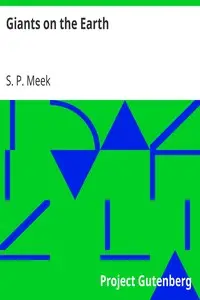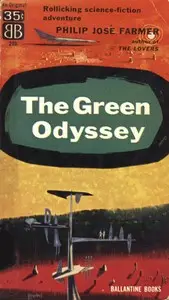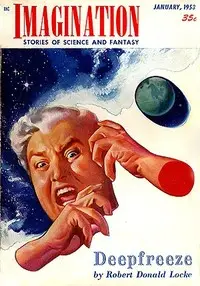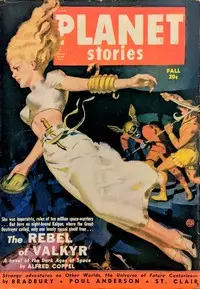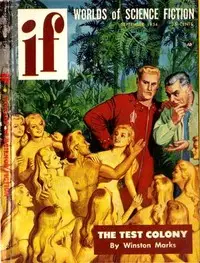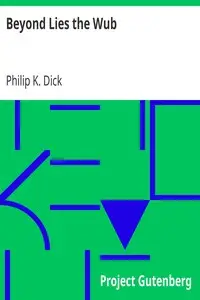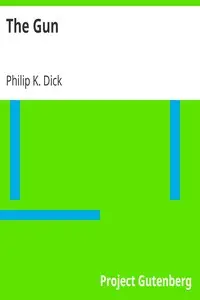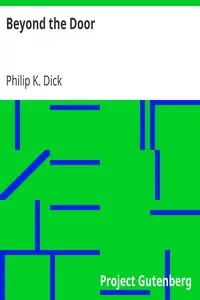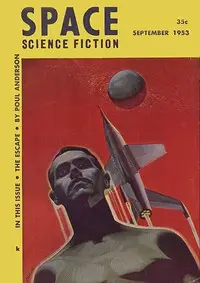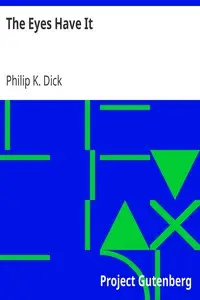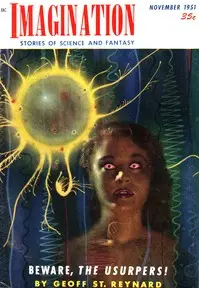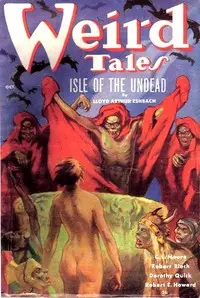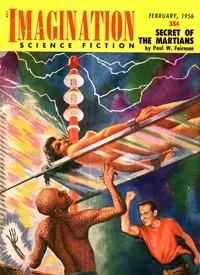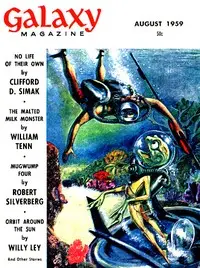"Tony and the Beetles" by Philip K. Dick is a science fiction story set on a faraway planet, telling the tale of a young boy named Tony caught in the middle of a war between humans and an alien race called the Pas-udeti, or "beetles." The story explores big ideas like cultural clashes, who we are, and what happens when one group takes over another's land, all during a war among the stars. Ten-year-old Tony Rossi dreams of building a spaceport, but he also has to face the tough realities of war around him. When he goes to the city of Karnet, he finds that the Pas-udeti children are angry at the Terrans for taking over their planet long ago. As things get worse, Tony sees that the Pas-udeti are starting to win the war, leading to a big face-off filled with years of anger. In the end, Tony is let down as he learns about who he is and realizes that the land he grew up on was actually taken from the Pas-udeti. This makes him rethink what it means to be strong or weak in the war between the two groups.
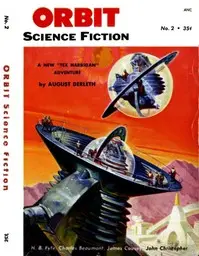
Tony and the Beetles
By Philip K. Dick
On a colony planet torn by war, a young boy's dreams of space are shattered when he confronts the harsh truth that his home is built on stolen land and fueled by generations of hate.
Summary
About the AuthorPhilip Kindred Dick, often referred to by his initials PKD, was an American science fiction writer and novelist. He wrote 44 novels and about 121 short stories, most of which appeared in science fiction magazines during his lifetime. His fiction explored varied philosophical and social questions such as the nature of reality, perception, human nature, and identity, and commonly featured characters struggling against elements such as alternate realities, illusory environments, monopolistic corporations, drug abuse, authoritarian governments, and altered states of consciousness. He is considered one of the most important figures in 20th-century science fiction.
Philip Kindred Dick, often referred to by his initials PKD, was an American science fiction writer and novelist. He wrote 44 novels and about 121 short stories, most of which appeared in science fiction magazines during his lifetime. His fiction explored varied philosophical and social questions such as the nature of reality, perception, human nature, and identity, and commonly featured characters struggling against elements such as alternate realities, illusory environments, monopolistic corporations, drug abuse, authoritarian governments, and altered states of consciousness. He is considered one of the most important figures in 20th-century science fiction.


